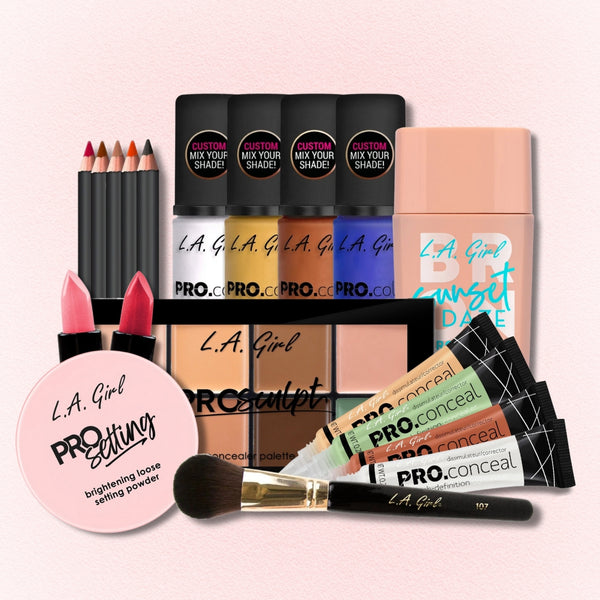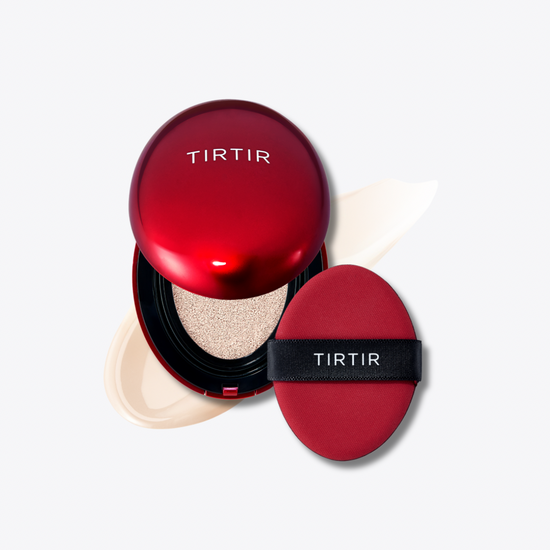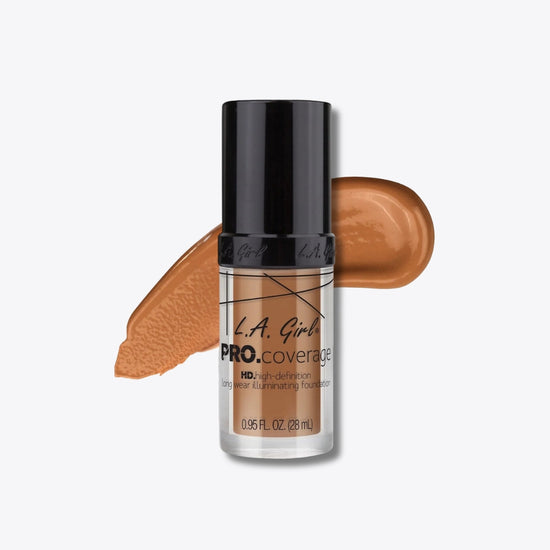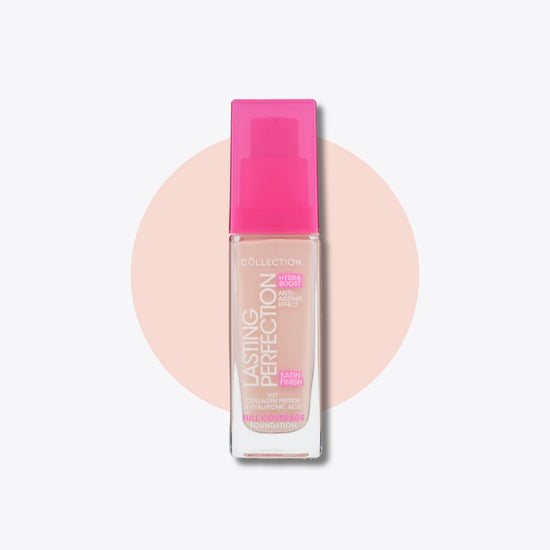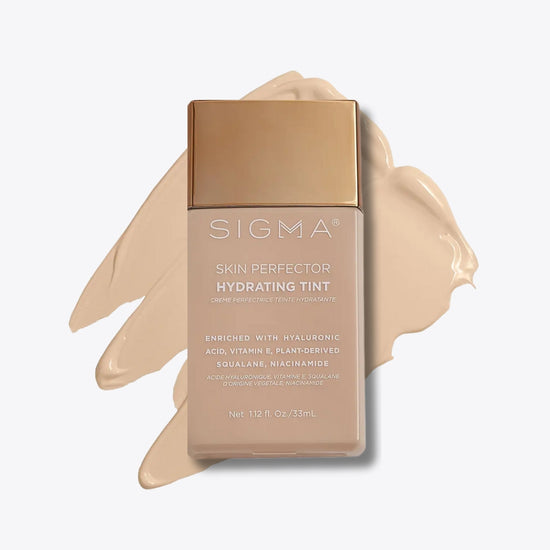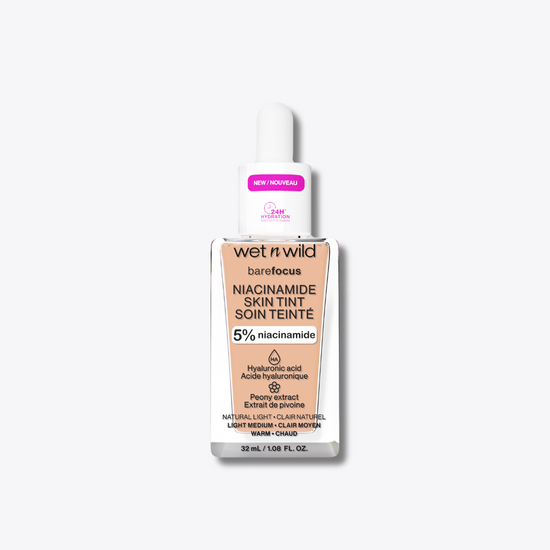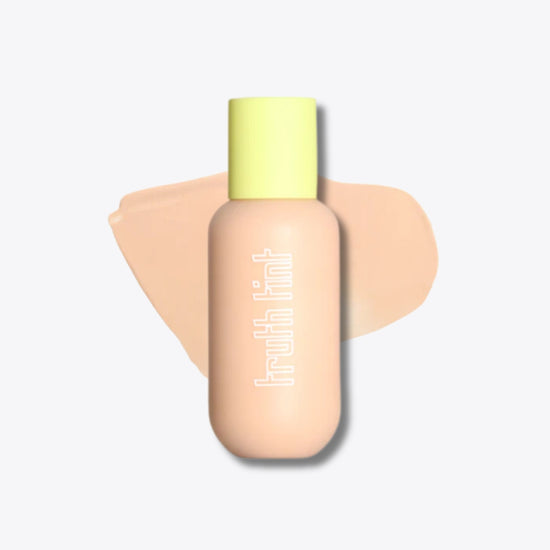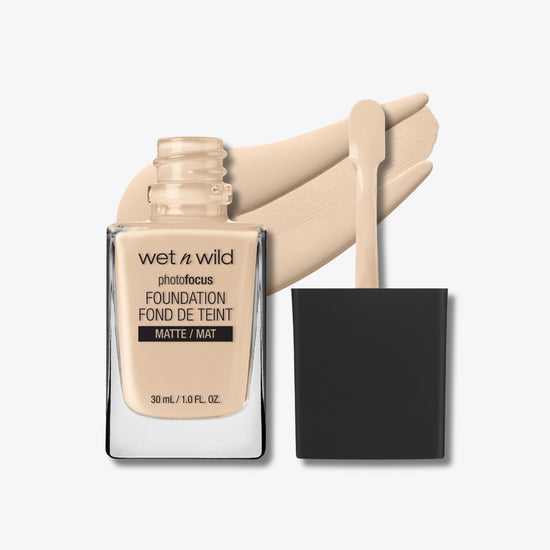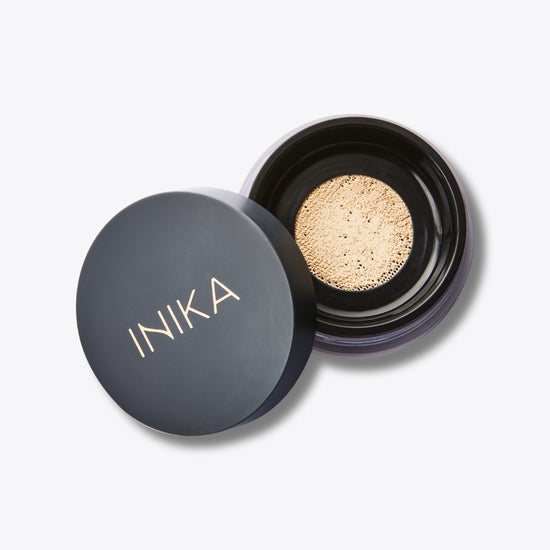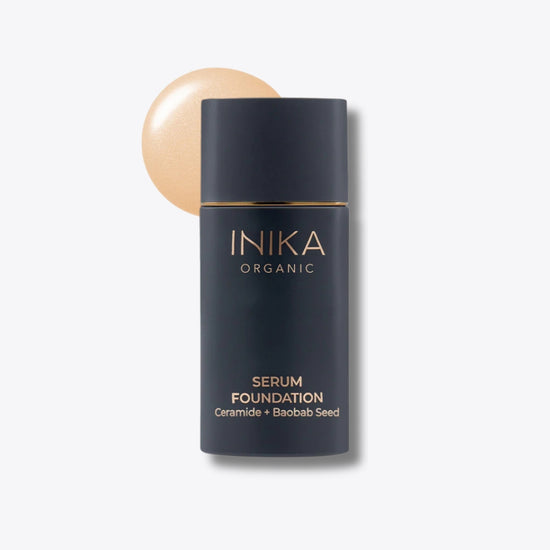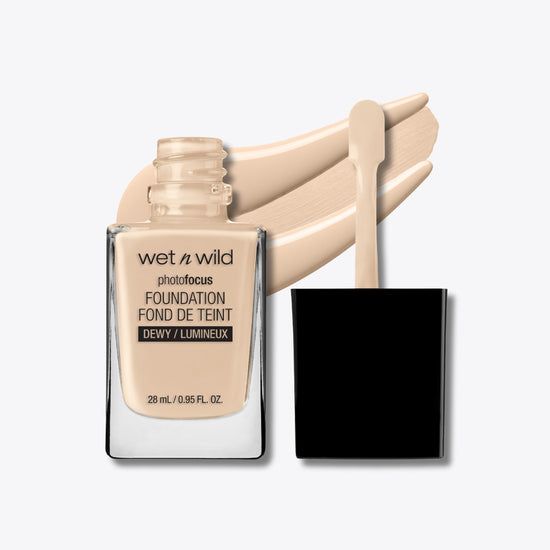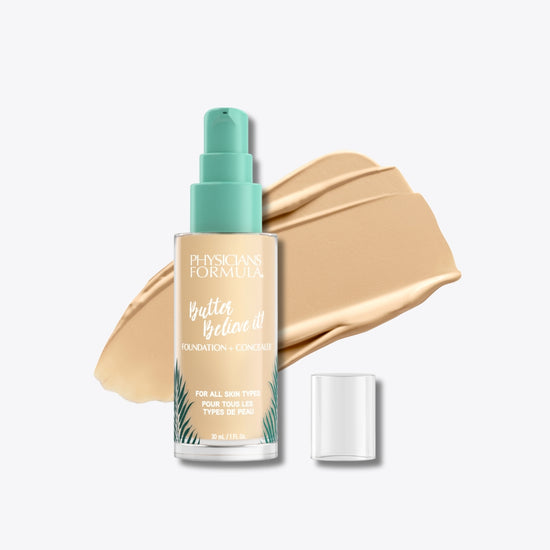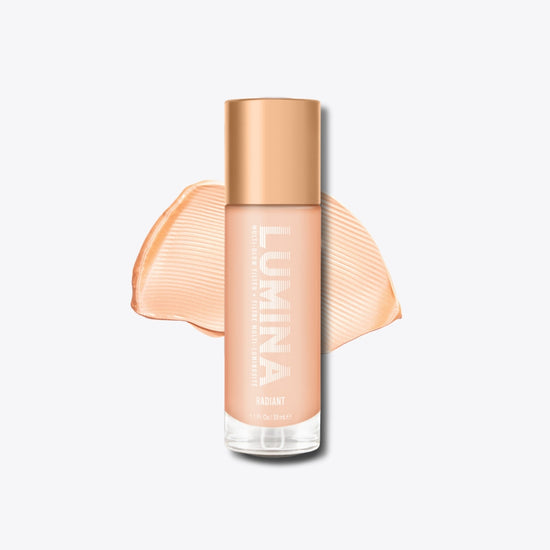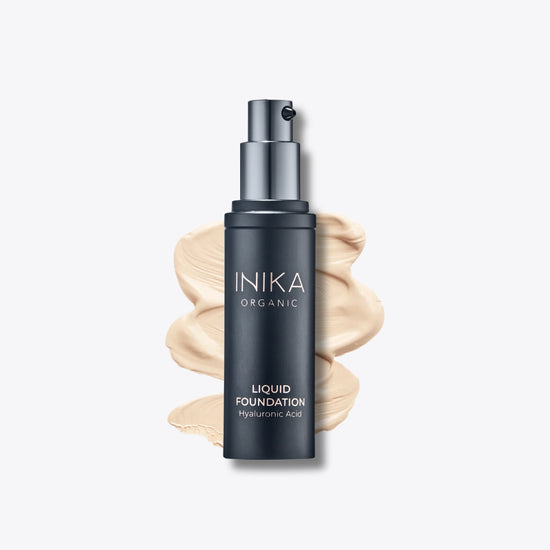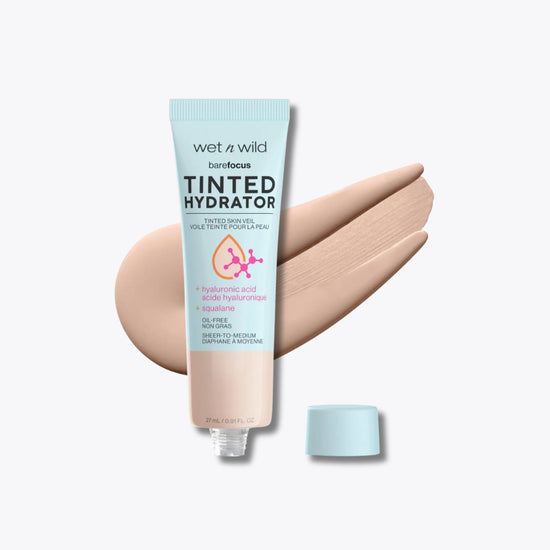Designed to be applied to the whole of your face and neck, with or without a primer, using a sponge, brush, or beauty blender, the purpose of foundation is to provide a smooth and even-toned base upon which to build-up the rest of your makeup. Available in a variety of skin replicating shades with the idea being to choose one that accurately matches your natural skin tone, face foundation works by softening or concealing imperfections including redness, acne scars, and blemishes as well as freckles and birth marks (depending on the formulation). Sold as a liquid, cream, mouse, stick, powder, or cake, it comes in various finishes (dewy, matte, sheer) and with varying levels of coverage (light, medium, full). Meanwhile, some foundations are formulated as 2-in-1s or even 3-in-1s that dual as serums, moisturisers, and sun creams.
What is foundation makeup made from?
The vast majority of modern-day makeup foundations are manufactured using silicone, water, oil, or wax as a base, whilst fillers such as talk, mica, sericite or cornstarch are added to help absorb moisture and prevent caking whilst ensuring a smooth and even application, and preservatives to prevent the growth of harmful bacteria. Meanwhile, all the skin-replicating shades of foundation typically get their colour from the same set of coverage pigments, these are non-toxic lab-made iron oxides in yellow, red, and black as well as white titanium dioxide.
What are the differet types of foundation?
Liquid – Serving as the most popular type of foundation, liquid foundations are easy to blend, create the appearance of dewy, natural looking skin, and are typically longer-lasting than other formats. Suitable for all skin types, a liquid is especially well suited to dry or ageing skin as well as skin conditions like Rosacea.
Cream – Best suited to those with dry, mature, or normal skin, cream foundation typically provides a velvet-like finish. It is heavier and harder to apply than liquid formulas, but does offer better coverage. However, because it significantly restricts the skin’s ability to breathe, it isn’t recommended for use as an everyday foundation.
Mousse – Sometimes also known as a whipped foundation, and essentially a liquid-cream hybrid that’s been whipped up to create a fluffy, foamy, lightweight texture, mousse foundations typically dry to a matte finish. Suitable for most skin types, including oily skin, mousse formulas have also been proven to prevent clogging of pores.
Stick – Essentially a cream formula housed in a twist up, lipstick-like tube, stick foundations provide a quick, hassle-free, targeted application. They can also double as concealers, highlighters, contour sticks, and bronzers when applied on top of a liquid foundation base. As with regular cream foundations, they are best suited to dry, mature, and normal skin.
Powder – Ideal if you’re after a natural finish or have oily skin, powder foundation offers plenty of buildable coverage and is among the easiest foundations to apply which makes it a great choice for beginners. However, it is prone to settling into deep fine lines and other imperfections so should be avoided if you have very mature or damaged skin.
Cushion – Essentially a liquid formula packaged in a handy clamshell case with a puff for easy on-the-go application, and sometimes also a built-in mirror, cushion foundation can be used to achieve a lightweight finish or layered for fuller coverage.
Tinted – Sometimes also labelled as a skin tint or tinted moisturiser, tinted foundations are arguably the most natural-looking option. Providing a significantly lighter, skin-resembling coverage when compared to regular foundations, they are ideal if you’re going for the ‘no makeup’ aesthetic.
Serum – Formulated to provide both the aesthetic appeal of a foundation and the benefits of a skin care routine thanks to the inclusion of antioxidants, vitamins, and hydrating agents, serum foundations generally have a thinner consistency which makes for a lighter, velvety, skin-like finish.
